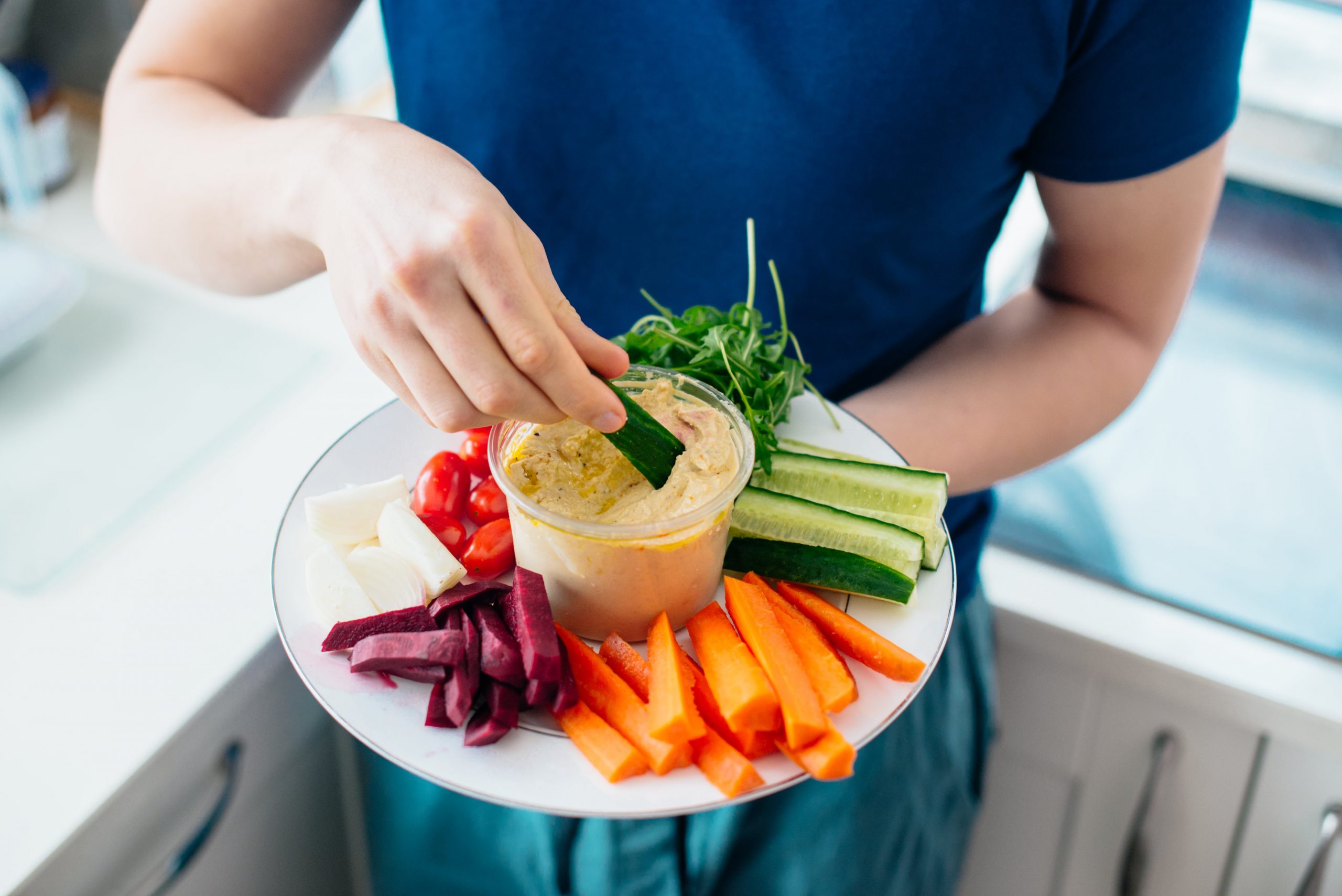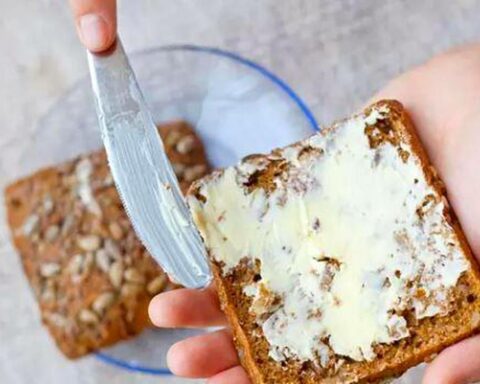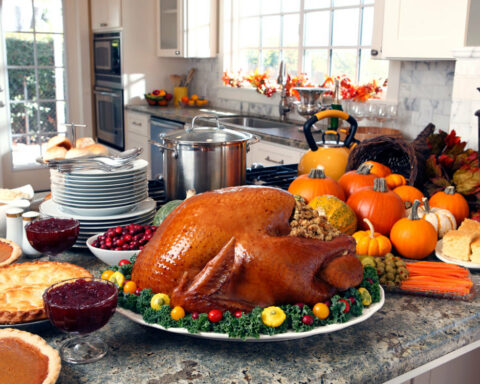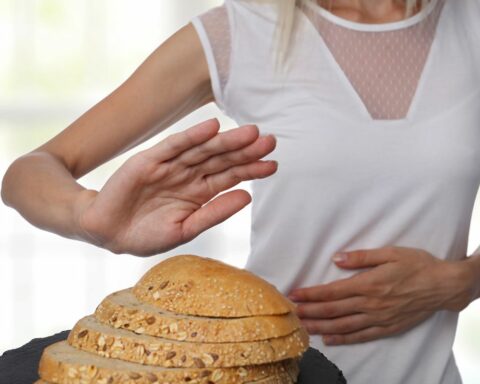Soft food diet denotes a dietary plan consisting of foods that are easy to chew, swallow, and digest and are usually prescribed for people recovering from abdominal or jaw surgery and stroke.
You might have come across the phrase ‘soft food diet.’ This refers to the diet recommended to people who have undergone a jaw, gastrointestinal, or abdominal surgery and therefore have difficulty in chewing, swallowing, or digesting foods. Stroke may also deform the jaw and face, and its victims are often suggested the soft food diet. In addition, people on chemotherapy may also have difficulty chewing and are often prescribed the soft food diet. When planned properly and cautiously, a person can still thrive and regain his health while on this diet.
Understanding soft food diet and its classes
Because of one reason or another, a person may have a problem chewing, swallowing, and digesting food. Such conditions necessitate soft food diets. The diet is primarily meant to help a person heal these swallowing disorders, also known as dysphagia, a collective name for swallowing problems. In 2002, the Academy of Nutrition and Dietetics set the lines for its National Dysphagia Diet. The diet has four levels, including;
- NDD Level 1-Dysphagia Pureed; this class is for people who can barely chew and consists of pudding-like, mostly blended foods.
- NDD Level 2- Dysphagia- Mechanically Altered; meant for people who can slightly chew and require some amount of chewing. It consists of moist and semi-solid foods.
- NDD Level 3- Dysphagia Advanced; is mainly for people whose chewing has improved and require more chewing.
- Regular; this level allows all sorts of foods.
Although soft food diet is often prescribed only for a few days or weeks (short-term), some people might have to be on the diet for a long term, especially if their condition and possible recovery is log-term. This necessitates a cautious choice that includes healthy foods that help the patient recover and keep him healthy. In addition, people on long-term soft food diets will need more fiber and have the food flavored than those on the diet for a short period.
What to eat
Soft food diets are meant to help people whose chewing, swallowing, and digestion have been affected recover and remain healthy. Level 1 of the dysphagia diet allows pureed foods, but these should not entirely make up a person’s soft food diet. Generally, try healthy foods that are easy to chew, swallow, and digest. Such choices include;
- Fruits; are wonderful healthy choices. They include cooked or peeled apples, bananas, pears, berries, or peaches.
- Vegetables; there are various options here, including soft cooked carrots, properly cooked seed-free broccoli florets, and cooked zucchini.
- Grains and starches; you don’t have to exclude starch and grains from soft food diets. Multiple options are here, including soft noodles, moistened pancakes, squash, mashed potatoes or beans, and cooked cereals and creamed wheat.
- Soups; you could try well-cooked vegetables with broth-based soups.
- Dairy products; cheese, yogurt, creams, and frozen yogurt top the list of the best dairy product servings for people on the soft diet. Those recovering from gastrointestinal surgery or illnesses particularly benefit from low-fat dairy products.
- Fish, poultry, and meat; soft tuna or tofu, broiled chicken, finely chopped meat, etc., make wonderful choices for the soft food diet, provided you keep away all raw vegetables.
- Eggs; are great for the soft food diet in the form of egg salad, white, or yellow eggs.
- Unseeded jams and jellies, smooth butter, sauces, and gravies are also wonderful inclusions in the soft diet.
This is just a simple guideline, and what one person tolerates may not be tolerated by another on the soft food diet for one reason or another. If you are in doubt about what may be tolerable to you or your patient, speaking to your doctor or a registered dietitian will help solve the mystery.
What to avoid
The foods in this category outweigh those in the previous one. Generally, a soft diet should not include hard-to-chew, swallow, or digest foods and acidic or highly seasoned food options. They include;
- Vegetables; spiced, raw, or deep-fried vegetables must be put away.
- Nuts and seeds; crunchy nuts, and butter are off the list.
- Fruits; dried, highly acidic, seeded, and fresh fruits (save for soft fruits like avocado and bananas) should be avoided.
- Irritating or spiced foods; including tabasco or tomato sauce and pepper, should be avoided.
- Seeded jams and jellies are not allowed in this list.
- Poultry, fish, and meat; although these were previously allowed, whole cut or tough meat and poultry should be avoided, as well as highly processed fatty meat such as shellfish or bacon.
- Starches and grains; hard crackers are off the list, as well as popcorns, shredded bread, and hard butter.
- Some drinks; including caffeinated ones and alcohol, may not fit in the soft food diet based on the condition one is suffering from.
This list might not have included all restrictions which might be added to you depending on your condition.
What to keep in mind?
There are a few reminders to have at your fingertips while on the soft food diet. Such reminders read as follows;
- Mild seasoning with herbs makes the diet more enjoyable
- Healthy eating is the way to go; avoid sugar-laden foods
- Doing small, consistent portions will help you more than large chunks eaten once
- Proteins are a must-do, especially if you are recovering from surgery to aid cellular growth
- Use appliances such as strainers, blenders, and food processors to make your work easy
- Chew properly and sit upright as you eat as this helps the gastrointestinal tract heal faster
- Plan in advance what to eat to avoid the last-minute rush and stress
Conclusion
Soft food diet refers to foods recommended to people whose chewing, swallowing, or digestion has been affected by some illness or surgery of the jaw or abdomen. The diet includes many healthy choices and excludes hard-to-swallow foods. It’s worth remembering that what one person tolerates may not be tolerated by another. All the same, keep your choices healthy to help you recover fast and stay healthy.
- How the Pec Deck Works Your Chest - April 19, 2024
- Homemade Eye Drops: Risks, Benefits, and More - April 19, 2024
- SMART TOOTHPICKS COMPANY - July 29, 2023









